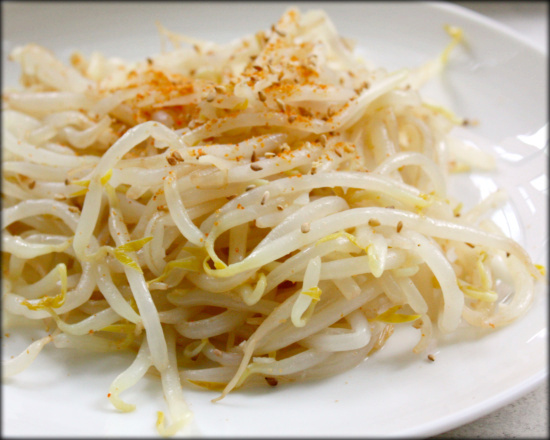I made Kkakdugi (Radish/Daikon Kimchi) over the weekend. And my home-made Kkakdugi turned out so delicious! It made me wonder why I don’t do this more often. And to think, I only decided to make it because of a troubling ingredient in my store-bought Kkakdugi/Kimchi. I guess it was a blessing in disguise.
I was reading the ingredients of my go-to, store-bought kimchi the other day. And to my shock, my “preservative-free” kimchi contained MSG. I guess the “preservative-free” on the label gave me a false sense of comfort (well, enough comfort not to check out the ingredients for 3+ years!). I know; MSG is not a preservative. And it’s not false advertising. But I’m sorely disappointed that my go-to kimchi is not the probiotics-filled, all-natural goodness I once thought it was.
So I decided to make my own probiotics-filled, all-natural Kkakdugi (Radish Kimchi) – sweetened with fruit and honey, instead of sugar. Kkakdugi is traditionally made with Mu (or Moo) – Korean radish. Mu is usually thicker and shorter than a Daikon. But if you can’t find Mu at your local grocers, Daikon is a good substitute; that’s what I’m using.
Luckily, Kkakdugi is pretty easy to make. And you can make it in relatively short amount of time. So if this is your first foray into Kimchi-making, I highly recommend Kkakdugi. Not only is it easy, it’s probably the most foolproof of all Kimchi.
And let me tell you. It is so delicious and totally worth the effort.






